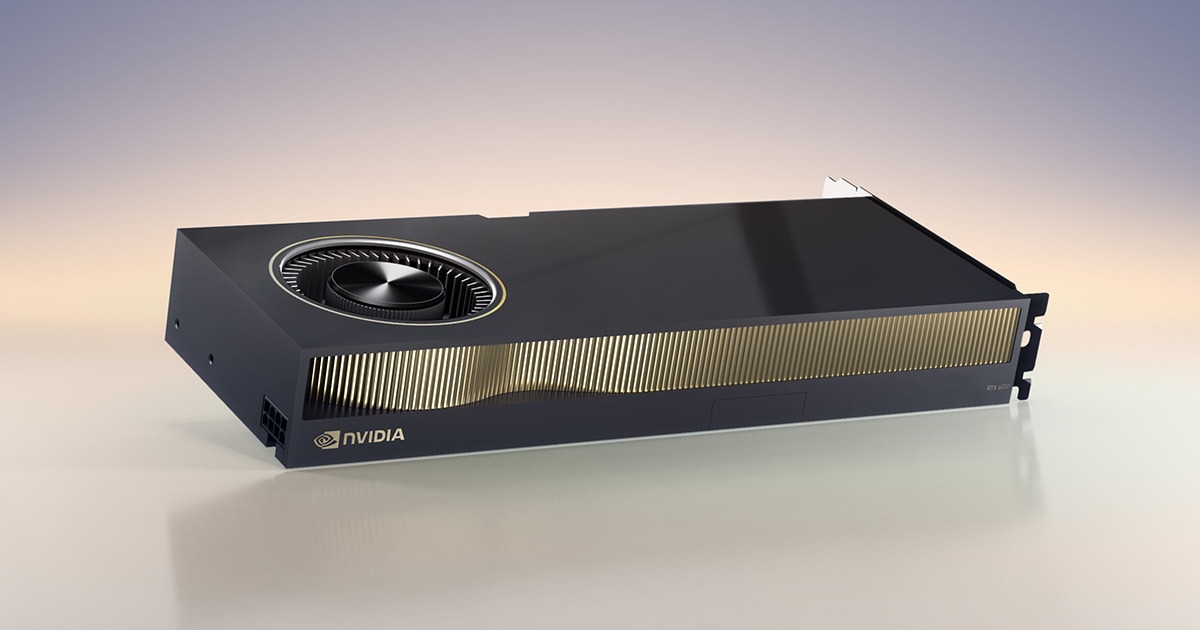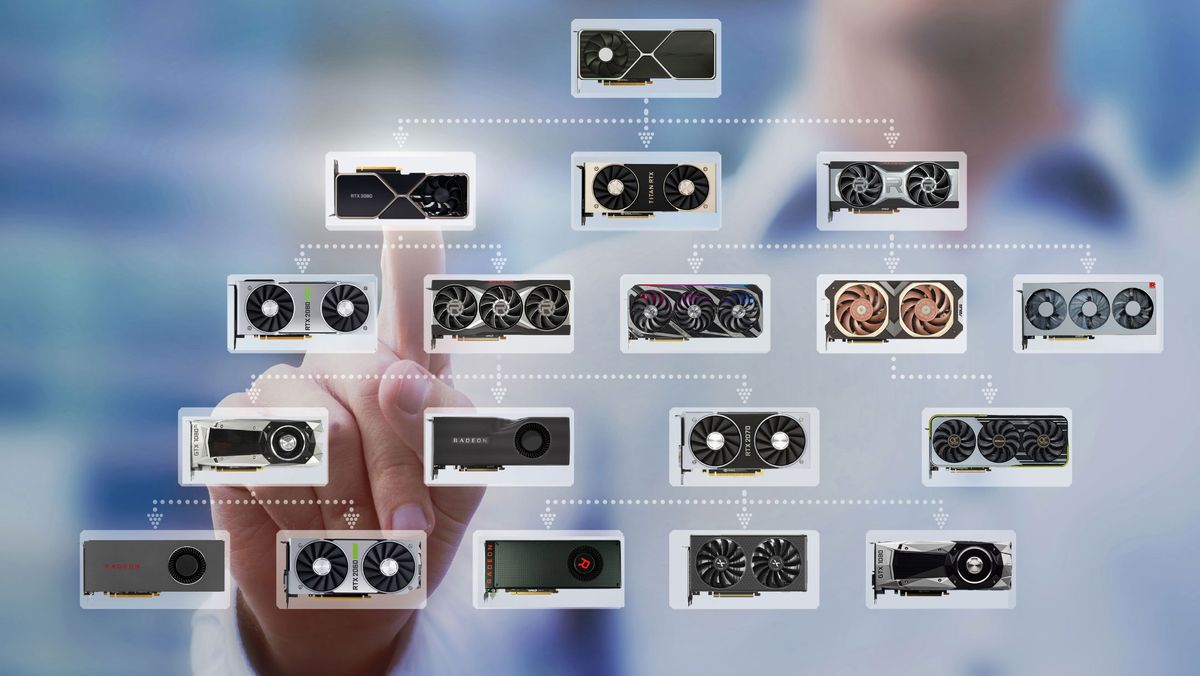Originally posted by Evil Penguin
View Post
Talking of crippled, how about the 120W 1280-core 6 GB GPU beating the 150W 2304-core 8 GB GPU called RX 480. People need to stop worry about the "specs" and start caring about real performance.
Originally posted by davidbepo
View Post
Originally posted by drohm
View Post
Originally posted by schmidtbag
View Post



Comment